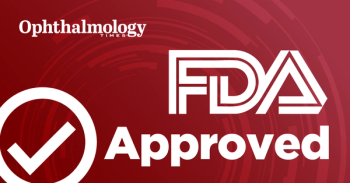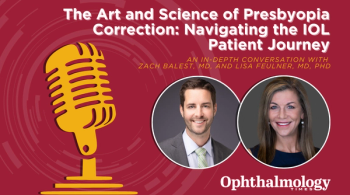
Tonometer challenges standard with corneal hysteresis
Use of drugs and drainage implants also improves trabeculectomy outcomes
Buffalo, NY-Scientists at Buffalo-based Reichert Ophthalmic Instruments have developed a modified non-contact tonometer, which they believe may replace the ubiquitous Goldmann tonometer.
When a force indenting the cornea is quickly released, the cornea will return to its normal configuration during a brief but measurable amount of time. The rate of return to its native configuration is dependent on the viscoelastic properties of the cornea.
The Reichert researchers believe the corneal hysteresis measurement provides a basis for a "cornea-free" tonometry measurement, and may also prove to be a valuable tool for screening refractive surgery candidates and predicting outcomes.
"The ability to measure this effect provides the key to understanding the biomechanical properties of the cornea," he said.
Two independent variables influence the reading that one obtains by current Goldmann tonometry, namely the true IOP and the corneal biomechanical effect (physical and physiological differences in corneal tissue). According to Reichert, the over- or underestimation of true IOP caused by the corneal contribution cannot be determined with a single applanation measurement. Researchers recognized the need for a new method of determining real IOP without the influence of the cornea.
"All tonometers that measure through the cornea are subject to the effects of corneal resistance when attempting to produce an IOP measurement," Dr. Luce said. "This generally is a static measurement, that is, the IOP is derived from the force correlate measured during a relatively slow applanation of the cornea."
Newsletter
Don’t miss out—get Ophthalmology Times updates on the latest clinical advancements and expert interviews, straight to your inbox.


















































.png)


